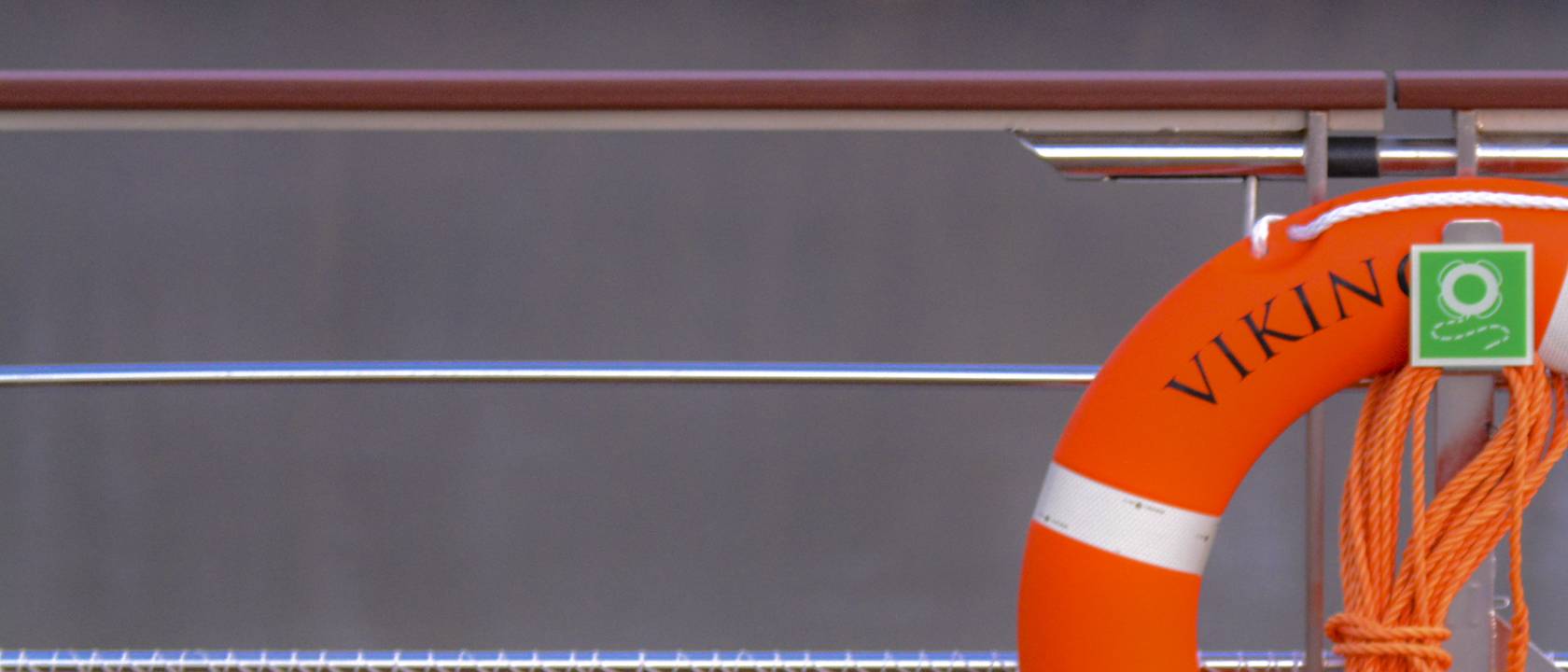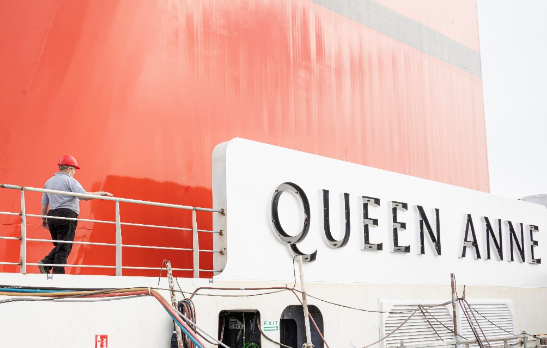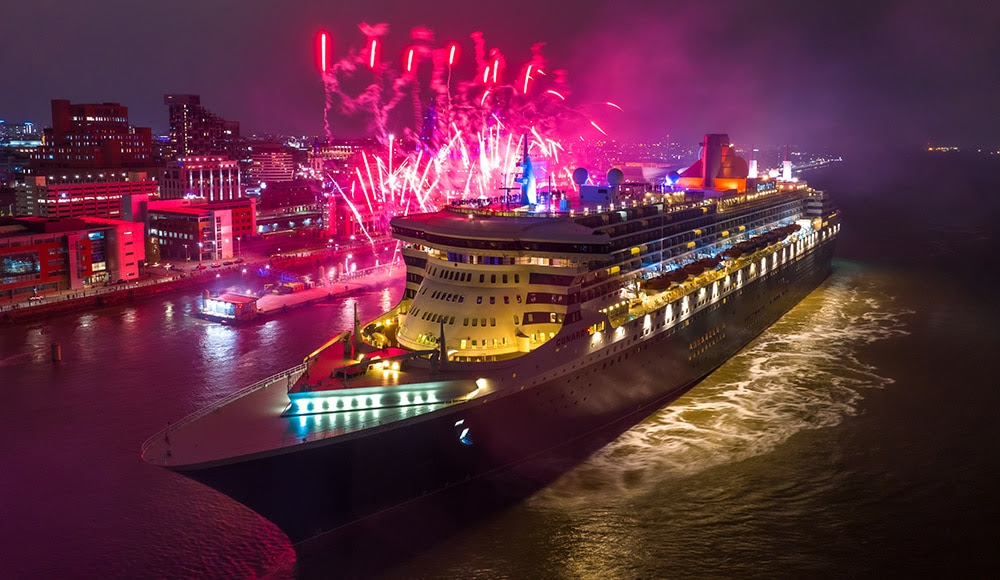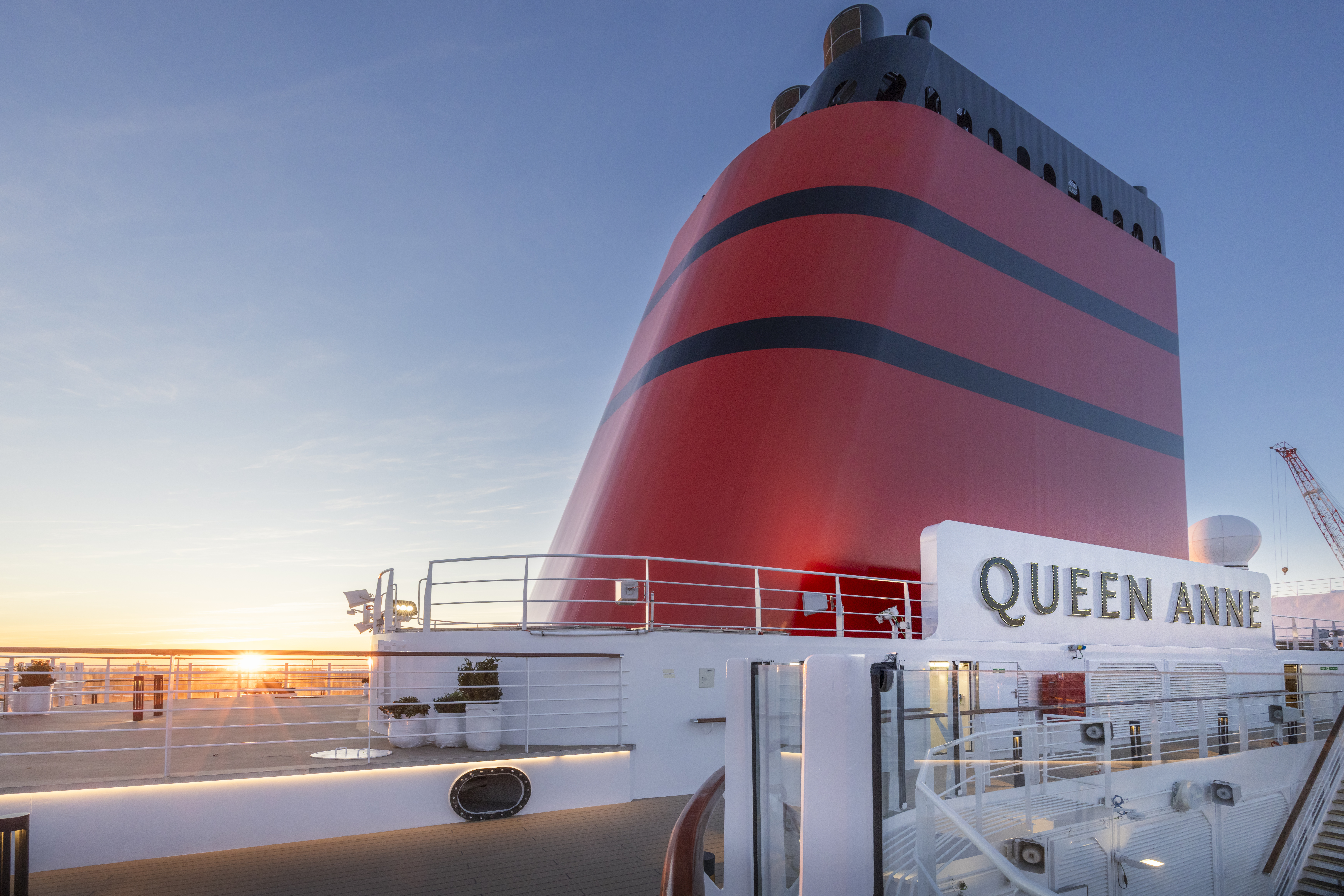SLOW TRAVEL


Cunard’s newest cruise ship, Queen Anne, launches soon. Cunard’s spiritual home, Liverpool will host the spectacular Naming Ceremony for its newest ship Queen Anne. But before we get too caught up in the future of the iconic cruise line, let’s take a look back at Cunard history.
Cunard Line boasts a rich heritage, synonymous with luxury transatlantic crossings and pioneering spirit. Its story stretches back to 1840, making it one of the oldest continuously operating cruise lines in the world. With a new ship coming out shortly, here’s a glimpse into Cunard’s remarkable journey:

The Early Years: Steam Power and Speed
The story begins with Samuel Cunard, a Canadian businessman who, in 1840, secured the first British government contract for regular steamship mail service across the North Atlantic. Thus, the British and North American Royal Mail Steam-Packet Company, later known as Cunard Line, was born. With its fleet of four paddle steamers, Cunard dominated the transatlantic route for nearly 30 years, frequently winning the coveted Blue Riband for the fastest Atlantic voyage.

A Golden Age of Ocean Liners
The 20th century ushered in a new era for Cunard. Technological advancements led to the construction of magnificent ocean liners known for their size, speed, and unparalleled luxury. The iconic Mauretania and Lusitania, launched in the early 1900s, were marvels of engineering, boasting turbine engines and exceeding 24 knots. These “ocean greyhounds” became symbols of Cunard’s prestige and innovation.

Post-War Resurgence and the Rise of Aviation
Following World War II, Cunard experienced a golden age once again. The legendary Queen Mary and Queen Elizabeth, launched in the late 1930s, were the largest and fastest passenger liners ever built at the time. These majestic vessels offered the epitome of luxury travel, with grand ballrooms, exquisite dining experiences, and unparalleled service.

However, the rise of jet airliners in the late 1950s drastically impacted transatlantic passenger travel. Cunard’s once-dominant role faced a new challenge. While the company briefly ventured into the airline industry, it ultimately shifted its focus back to the unique experience of ocean travel.

Modern Cunard: Embracing Heritage and Innovation
Today, Cunard continues to be a leader in luxury cruising. Its modern fleet, including the Queen Mary 2, Queen Victoria, and Queen Elizabeth, carries on the legacy of elegance and sophisticated travel. While these vessels offer contemporary amenities and experiences, they retain the classic Cunard spirit, which is evident in their grand interiors, white-gloved service, and focus on timeless elegance.
Cunard’s future promises a captivating blend of tradition and innovation. With the recent addition of the Queen Anne, the company continues to expand its fleet and cater to the evolving needs of discerning travelers. Looking ahead, Cunard is poised to remain a leader in luxury cruising, offering unforgettable journeys that combine modern comfort with a rich maritime heritage.